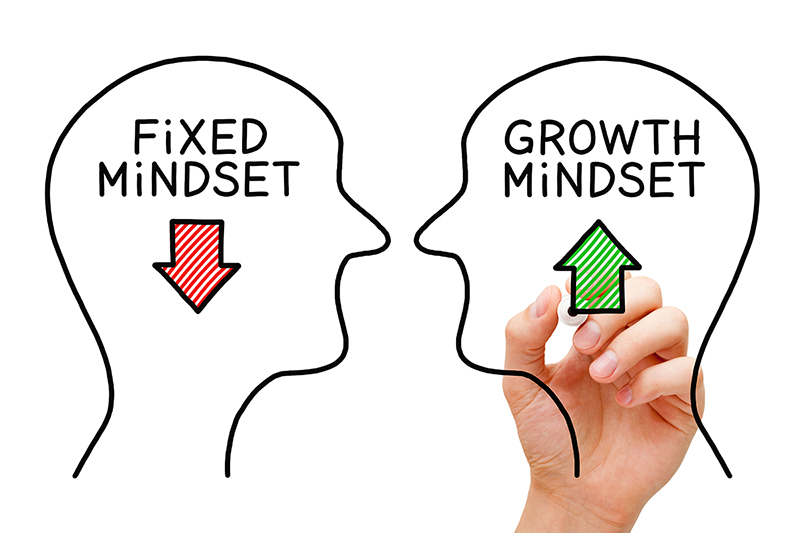What Is a Growth Mindset? And How Do I Develop It?
You can view failure as a launching point toward a better course.

How do you handle failure? Your answer to this indicates a lot about your mindset. And research shows that those with “growth” mindsets tend to achieve more than those with “fixed” mindsets.
What is a growth mindset?
Simply put, it’s believing in the power of “yet.” Carol Dweck, the scientist who first presented the idea of growth mindset explained it this way, “Individuals who believe their talents can be developed (through hard work, good strategies, and input from others) have a growth mindset.” In contrast, a fixed mindset gives labels to what you can and can’t do.
Related: 10 Ways to Give Positive Encouragement to Your Child
For example, when someone gets a promotion at work instead of you, a fixed mindset says, “I’m not smart enough to get it,” or “He’s just better at marketing than I am.” But a growth mindset looks at failure as a way to grow. So, when you don’t get the promotion, someone with a growth mindset might say, “I don’t have that specific skill yet, but what can I do now to develop it?” It’s understanding that intelligence and character grow when worked on.
You can see why this approach is so powerful when dealing with failure. There is a lot of literature on how to develop growth mindsets in children, and it’s become a buzzword in personal development courses as well. But Dweck warns the idea of growth mindset has been distorted in all this buzz and said one of the misconceptions is the idea that one can have a complete growth mindset. Everyone is a mixture of fixed and growth. Mastering one area in the mind to be a growth mindset doesn’t mean you have a complete growth mindset.
What can you do to personally start developing a growth mindset?
1. Identify your fixed mindset triggers
What makes you feel threatened or defensive? Likely this is your fixed mindset popping up. Learn to identify those triggers and persuade your fixed mindset to take on new goals to challenge yourself.
2. Rework labels you give yourself
Whether you do it consciously or not, you give yourself labels. “I’m too tired to do that.” “That’s too hard.” Turn those labels into something productive, by adding on “yet.” It feels like a juvenile assignment, but it’s powerful learning to rephrase self-labels until it becomes automatic.
3. Stop looking for outward approval
Someone with a growth mindset doesn’t shy away from criticism because they can handle it. But they also don’t need others' approval, because they know they are working on getting better. Start the hard process of doing things well because you want to learn and develop rather than wanting to please someone else.
4. Approach failure by finding a better way instead of just working harder
Dweck said a common misunderstanding of growth mindset is that it’s not just about the effort—it’s about the strategy too. If you’re working hard and something just keeps failing, reevaluate your strategy.Related: Have Your Circumstances Recently Changed? We’ve Got You Covered
Developing a growth mindset takes time. Give yourself credit for your efforts and look for ways to improve when necessary.






